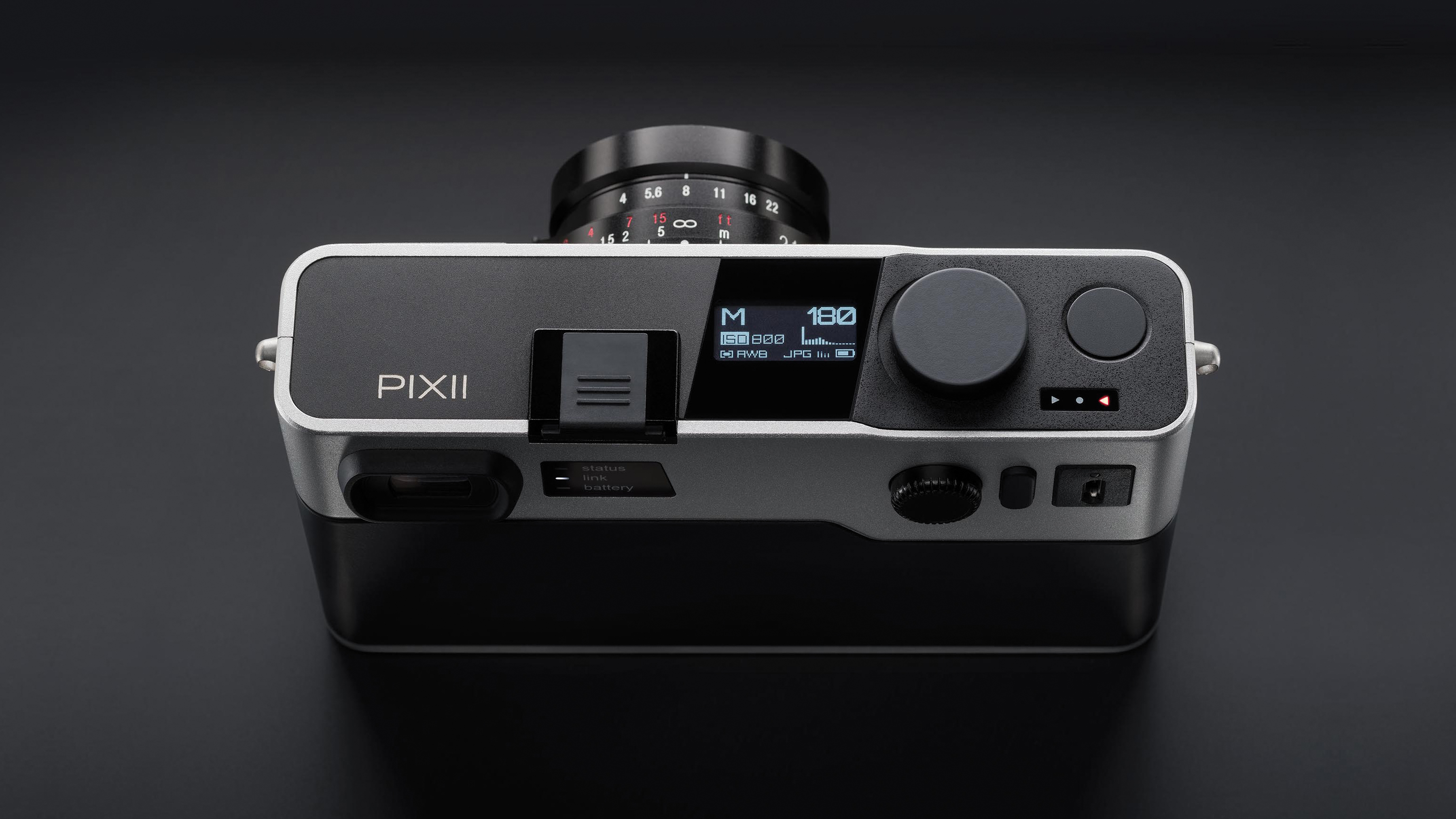Meet the Pixii: a connected digital rangefinder with a Leica mount

With no rear display or memory card, the Pixii rangefinder camera from French startup Pixii is doing things a little differently.
Instead, the Pixii is designed to be used in conjunction with your smartphone, with images transferred automatically transferred via a Wi-Fi or Bluetooth connection to reviewing.
David Barth, creator of the Pixii, believes that "the digital camera hasn't changed much since the 90s. But now the new generation is learning photography with a smartphone: who understands why a camera still needs to bother with a screen or an SD card?".
While Pixii has chosen to release details of its new camera gradually, in a teaser campaign over the next couple of weeks, we already know that the camera will feature a Leica M mount, and will also be compatible with M39 and LTM lenses using an adapter. As for focusing and aperture control, these will be manual only, while shutter speed can be set both automatically and manually.

The Pixii's sensor size and resolution are still to be confirmed – all we know so far is that it will feature a CMOS design with a global electronic shutter, a 12-bit sampling rate and large pixels, and will have a broad dynamic range. The expanded ISO range, however, will be a modest ISO100 to 6400.
The Pixii will be crafted from machined aluminum and will feature an optical rangefinder viewfinder with a magnification of 0.67x; this will display LED backlit frame lines (40/50mm and 28/35mm) and exposure indicators, with LED brightness adjustment and automatic parallax correction.
No pricing or availability has been revealed yet – watch this space.
Sign up for breaking news, reviews, opinion, top tech deals, and more.

Phil Hall is an experienced writer and editor having worked on some of the largest photography magazines in the UK, and now edit the photography channel of TechRadar, the UK's biggest tech website and one of the largest in the world. He has also worked on numerous commercial projects, including working with manufacturers like Nikon and Fujifilm on bespoke printed and online camera guides, as well as writing technique blogs and copy for the John Lewis Technology guide.